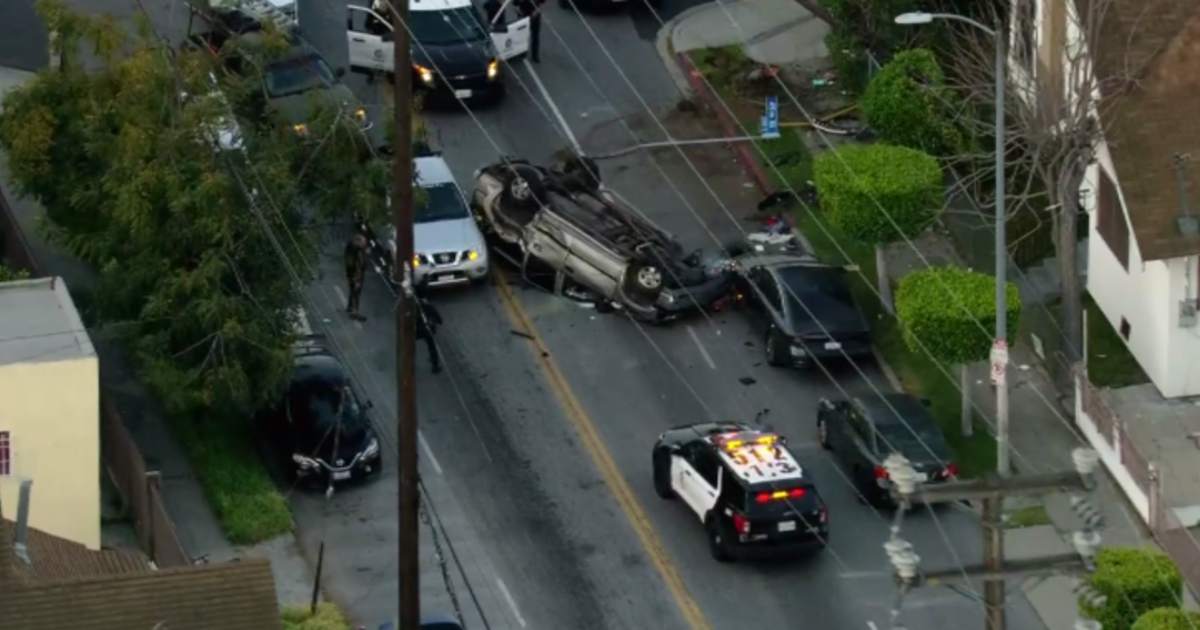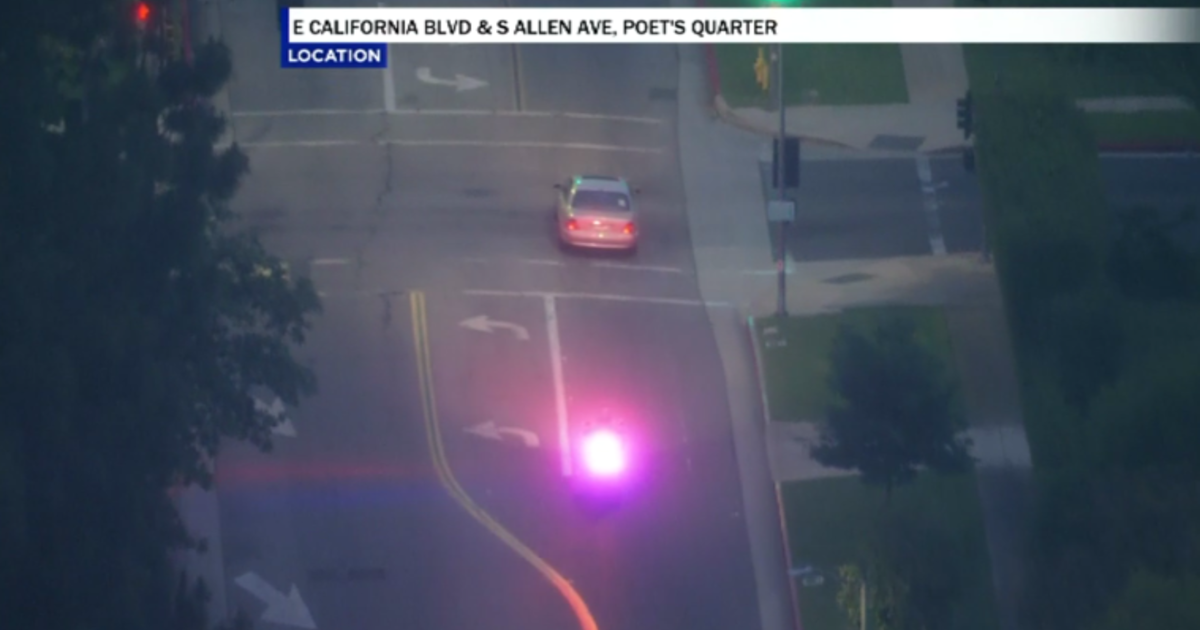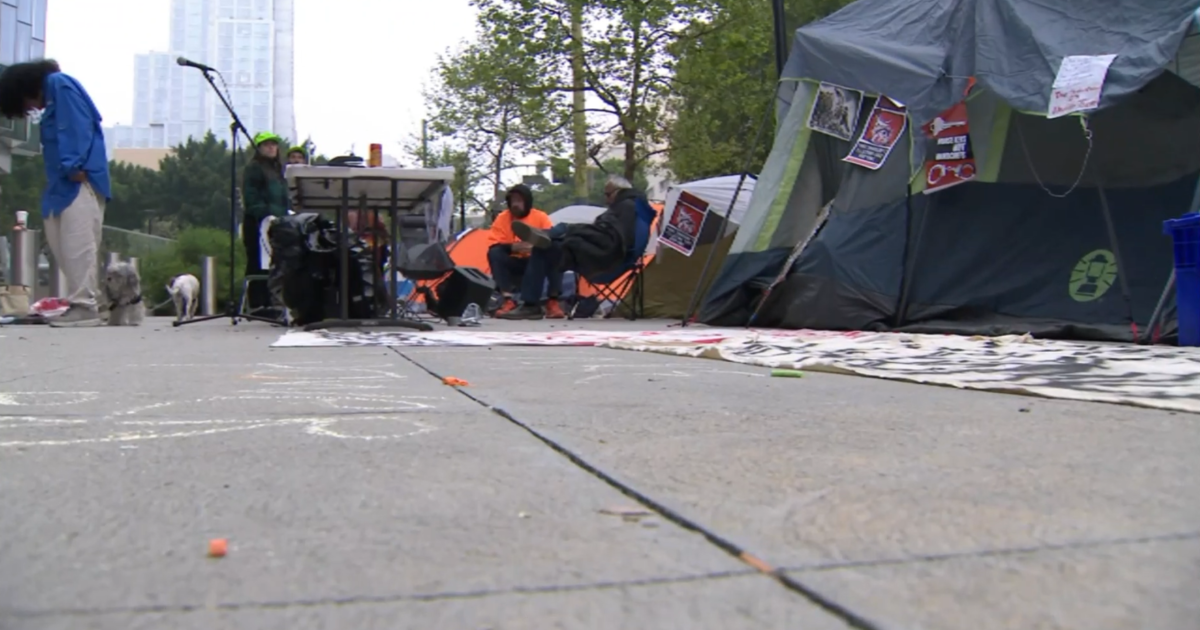Failure To Yield To Emergency Vehicles Is A Serious Problem In L.A., Fire Captain Says
LOS ANGELES (CBSLA.com) — Emergency personnel say many drivers in Los Angeles are failing to yield, making it more difficult for crews to navigate around traffic and is among the factors increasing response times.
One such incident from January was captured on security video along Ventura Boulevard. In it, the driver of a Volkswagen is seen colliding with a fire engine after failing to yield.
Although no one was seriously injured, the driver of the VW was faulted for causing the accident.
But emergency personnel say this is a growing trend that may be putting more lives in danger.
"It's a serious problem here in Los Angeles. The topography, the geography, the density of the population, the time of day, the traffic concerns, all those things come into play," LAFD Capt. Jaime Moore said.
The LAFD and LAPD provided exclusive access to CBS2 as they issued warnings and citations to drivers who failed to yield.
"If you're walking on the sidewalk or you're waiting to cross the street, you have to wait obviously until that fire truck or ambulance clears the intersection and passes you to cross," LAPD Sgt. Jon Aufdemberg said.
Aufdemberg is leading an awareness campaign.
The sergeant says the biggest offense officers encounter include motorists who stop in the middle of the roadway rather than pull to the right and stop.
But yielding to emergency vehicles isn't merely a courtesy, it's the law.
In fact, drivers must observe the following rules:
• Safely slow your vehicle down, pull to the right and stop even if the emergency vehicle is on the other side of the road.
• Never just stop in your lane, unless you are against or close to the curb.
• Drivers who stop in their lane cause a hazard that the emergency vehicle has to negotiate around.
• Do not follow or park within 300 feet of an emergency vehicle when lights or siren are on.
And even after emergency vehicles pass, tickets will be issued to drivers who follow the emergency vehicles less than 300 feet.
"Seconds do count," Moore said. "Anything that we can do to improve our ability to respond will help us tremendously."



